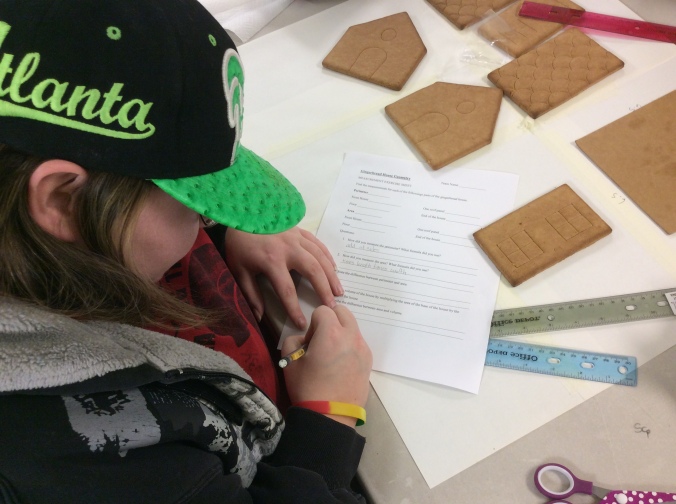
‘Tis the season to be jolly!
Welcome to The Literacy Alliance’s first post on WordPress. What better way to inaugurate this blog than with a holiday post?
Here at The Literacy Alliance, one task we have stepped up to in the world of adult ed., is to help adult learners study to pass the state administered test, so that they can earn their High School Equivalency Diploma. Let me explain a little more for those of you who are unfamiliar with adult education in Indiana…
- Indiana’s high school equivalency diploma is called an HSE. Most of you know the term GED, but the GED was done away with in 2014.
- To earn the HSE, test takers have to take and pass the TASC (Test Assessing Secondary Completion).
- TASC has 5 tests: math, reading, social studies, science, and language arts.
For those of you who have completed high school, think back to all of the math you had to learn up to the 12th grade. Now picture taking a single test that contains all of that math…Yeah. It makes us shudder too.
So how do you help adult learners cram 12 years of math into their heads, retain that information, and then use it to pass a 7 1/2 hour test? By making the learning process a memorable experience.
This takes us to today’s story!
Two of our brilliant teachers recently decided to mix holiday cheer with geometry, and the result was Gingerbread Geometry!!
Materials:
- 1 gingerbread house kit for every group of 4 students
- 2-4 rulers per group
- 1 pair of scissors per group
- Paper, a place-mat, something to do the construction on
- gingerbread-geometry-lesson-outline
- gingerbread-house-geometry-worksheet
Time: 45 minutes – 1 hour
To start the lesson out, the teacher first began by introducing the word “geometry.” “Geo” means world, “metric” means measure, put them together and you get “measure the world.” Then she reviewed 3 shapes: rectangles, squares, and circles. She asked the students to describe each shape; the hardest part for students was describing a circle. The students kept trying to say, “A circle is round!” to which the teacher would say back, “I don’t know what round means.” In the end they decided on what you see on the board below.

After deciding on how to describe shapes, the teacher moved on to talking about what perimeter is, and what area is. Again, she asked the students, describe what perimeter is. She pitched some scenarios at them, “Say I have a rectangle, one side is 7 inches, the other is 2 inches. What’s the perimeter?” Students would shout out answers like 7, 9, and finally 18. Then she’d say, “18 what?” Once they finally had the magic words, “18 INCHES,” she’d ask them, “How did you get those answers?”
Once everyone was on the same page for how to calculate perimeter and area, it was time to start the construction process. The students were armed with a worksheet to fill out, and a gingerbread house to construct in groups of 3-4. Groups were made by assigning at least one high level student, one beginning level student, and students of levels in between. The teacher purposely assigned students at different levels in the same group to make sure that the students could use each other for help, and build team work.
Most students started out measuring the individual pieces to figure the perimeter and area…

Students recorded their measurements on their worksheets. The goal, aside from practicing geometry with hands-on experience, was to encourage the students to divide up the work to first of all make sure that everyone stayed busy, and to practice team building skills. Even adults sometimes need to be reminded how to work as a team.

In total the lesson probably took about an hour, but the end results were worth it…




